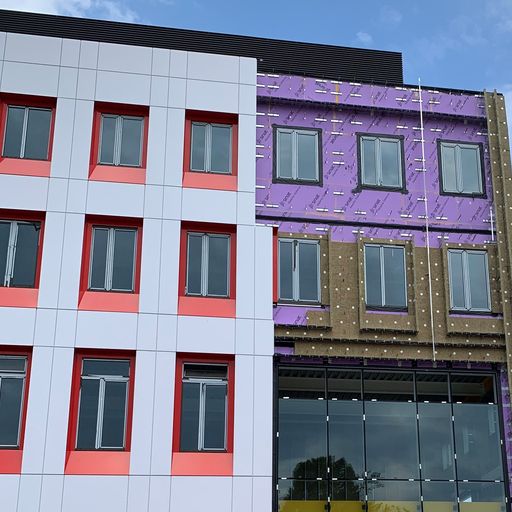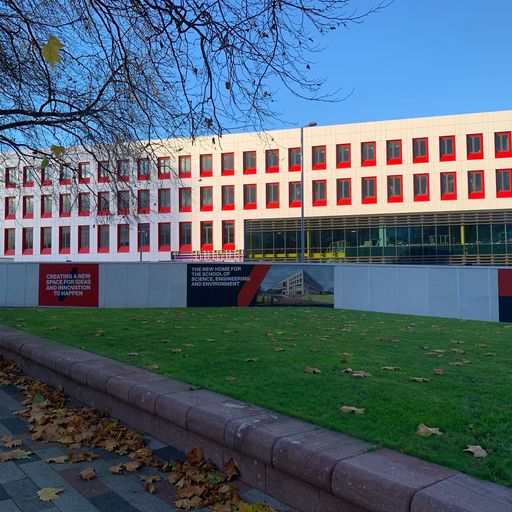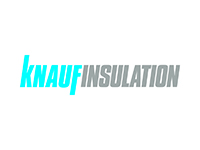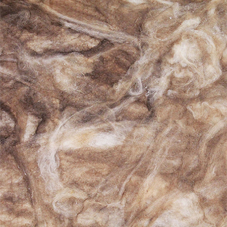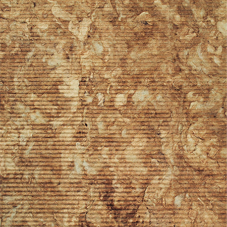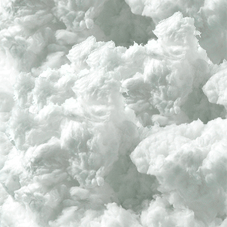The University of Salford’s new Science, Engineering and Environmental (SEE) building features a white rainscreen façade, punctuated by contrasting red window reveals with a sloping sill to form recessed windows. While this creates an impactful design statement, it proved challenging when it came to evaluating the rainscreen insulation performance.
The thermal performance challenge
From the outset the designers, in conjunction with the University, outlined a desire for non-combustible insulation. But the feature red reveal details meant there were restricted cavity widths near the windows, which would affect the depth of insulation that could be installed. Several Mineral Wool insulation manufacturers had been unwilling to undertake U-value calculations. This was because it was challenging to understand the weighted U-value across the different façade build-ups and determine the U-value uplift required to compensate for the shallower window reveal areas.
Architects Sheppard Robson had previously worked with Knauf Insulation and engaged its Project Specification Team to discuss the challenge and develop calculations.
After receiving the plans, Knauf Insulation undertook 3D U-value calculations and confirmed that they could meet the required thermal performance – and crucially it would mean no changes to the design or impact on the cavity widths.
Accurate 3D U-value calculations
So how could Knauf Insulation meet the brief when other manufacturers could not?
The crucial factor was the type of U-value calculation used. Most manufacturers use the standard method, which calculates the U-value for the build-up without the metal substructure. Because this method doesn’t consider the effect of the metal penetration through the insulation, a blanket correction factor is added, which can lead to the under- or over-specification of insulation. Either way, it means that the insulation used in the finished project may not deliver the thermal performance that has been specified. And in the case of the SEE building, calculating the weighted U-value to prevent this was critical.
Knauf Insulation uses numerical modelling (also known as 3D U-value calculations) as standard for all rainscreen façade projects. This methodology thermally models the build-up taking into account the complex interaction between the insulation and the bars and brackets of the steel framing system (SFS). As a result, it creates the most accurate available picture of how the build-up will perform thermally after construction.
For the SEE building, the team undertook several different calculations changing elements of the build-up, including the substructure material and insulation widths, until they determined the optimal combination.
High performance insulation
By using this rigorous calculation method, Knauf Insulation was able to meet the brief with a combination of 50mm and 160mm Rocksilk® RainScreen Slab, along with 200mm OmniFit® Slab 35.
Rocksilk® RainScreen Slab is a Rock Mineral Wool slab that is BBA certified for use at any height and for the broadest range of thicknesses and build-ups on the market. It is has a thermal conductivity of 0.034 W/mK.
OmniFit® Slab 35, a Glass Mineral Wool slab with a thermal conductivity of 0.035 W/mK, is ideal for use in the SFS.
Both Rocksilk® RainScreen Slab and OmniFit® Slab 35 are non-combustible with the best possible Euroclass A1 reaction to fire classification so they will not contribute to the development or spread of fire should it occur. Thanks to their sound absorption characteristics, critical for low mass rainscreen structures, they will help create a quieter environment for the computer and science labs.
A sustainable solution
There was one other specification factor to consider – sustainability. The SEE building had been designed to minimise its environmental impact in line with the University of Salford’s campus master plan.
Matthew Taylor, the project architect from Sheppard Robson, noted: “From early on, sustainability has been high on the SEE building agenda, including becoming one of the first all-electric University educational building.” The building will also be supported by photovoltaic panels on the roof.
But while the use of renewable energy sources and high-performance insulation will help lower the building’s operational carbon, it was important to keep embodied carbon to a minimum.
Here Glass Mineral Wool scores highly too because it has the lowest embodied carbon of any mainstream insulation material.
Knauf Insulation has proactively reduced the embodied carbon in its products over the years, as part of a broader set of activities to reduce its environmental impact. Specific actions to minimise its carbon footprint include initiatives to reduce road miles in both sourcing and distribution.
For example, its Glass Mineral Wool products are manufactured using up to 80% recycled content, including glass collected from the local communities around its factories. The finished products are then compressed by up to 10:1 to fit more product into each lorry reducing transport related carbon emissions.
Another innovation is ECOSE® Technology, its unique bio-based binder contains no added formaldehyde or phenol. It is made from natural raw materials that are rapidly renewable and is 70% less energy-intensive to manufacture than traditional binders, so it is more environmentally friendly.
Products made with ECOSE® Technology are also soft to touch and easy to handle. They generate low levels of dust and VOCs and have been awarded the Eurofins Gold Certificate for Indoor Air Comfort.
Ongoing support
The through-wall build-up was installed by Metclad Contracts. As this was the first time they had worked with Rocksilk® RainScreen Slab, they also turned to the Specification Team for installation advice. They wanted to know whether the insulation should be fixed into the sheathing boards or the SFS.
Knauf Insulation provided details of the fixing pattern together with the installation guide. They also facilitated meetings with their fixing partner to provide specialist technical support about pull out values and requirements for fixing into the substrate.
Thanks to Knauf Insulation’s extensive technical expertise and ongoing support, the vision for the University of Salford’s state-of-the-art SEE building has become a reality – without any compromise on thermal performance, fire safety, acoustic or sustainability.
3D U-value calculations make the grade for the University of Salford
| T | (01744) 766600 |
|---|---|
| (01744) 766666 Tech Dept. | |
| F | (01744) 766750 |
| E | info.uk@knaufinsulation.com |
| W | Visit Knauf Insulation's website |
| PO Box 10, Stafford Rd, St Helens, Merseyside, WA10 3NS |

